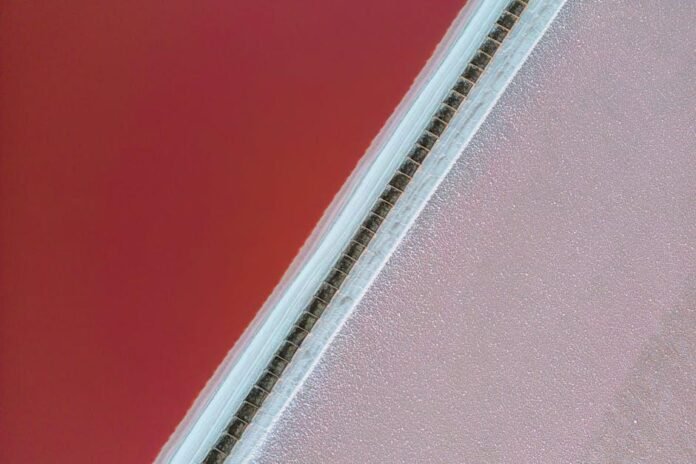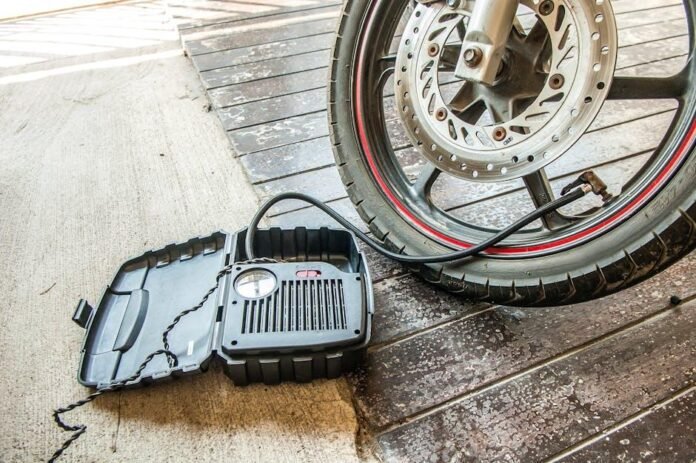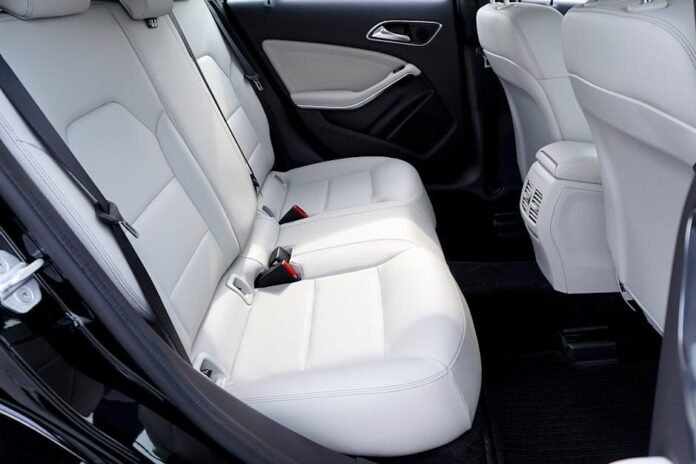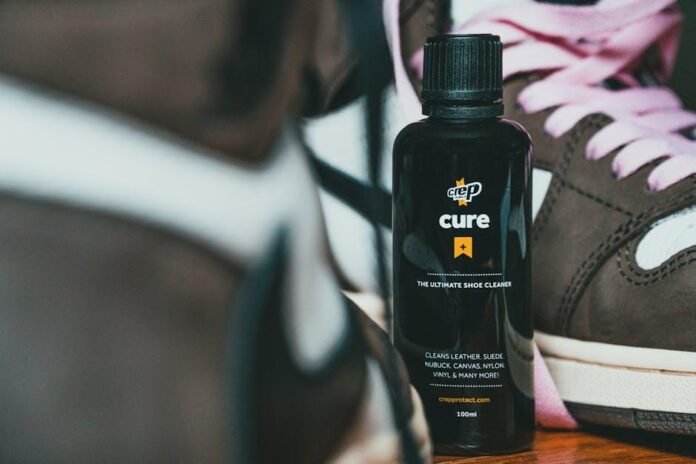As winterS icy grip recedes and the first hints of spring emerge, a familiar sight comes into view: the remnants of road salt that lie scattered across our streets and driveways. While this white powder has become a winter staple for enhancing traction and minimizing hazards on slippery roads, it also harbors a hidden danger—rust. this article delves into the often-overlooked consequences of road salt exposure, exploring effective strategies for its removal to protect vehicles, structures, and our environment alike. Let’s uncover the importance of tackling this corrosive culprit and discover how proactive measures can mitigate its effects,ensuring a longer-lasting life for our roads and the assets that traverse them.
Understanding the impact of Road Salt on Vehicles
As winter approaches, the application of road salt becomes a common sight, ensuring safer driving conditions on icy roads. Though, while its benefits are evident in preventing accidents, the salt can have detrimental effects on vehicles over time. The corrosive nature of road salt is particularly harmful to metal components, leading to rust formation on exposed surfaces. This rust not only compromises the aesthetic appeal of a vehicle but can also impair critical parts such as the brakes, suspension, and exhaust system. Without regular maintainance, even newer cars can fall prey to premature aging attributed to salt damage.
To combat the effects of road salt, it’s crucial to adopt effective cleaning strategies that help minimize rust risk. Here are some practical measures to consider:
- Frequent Washes: Regularly wash your vehicle,particularly the undercarriage,to remove salt buildup.
- Protective Coatings: Invest in rustproofing treatments or undercoatings that provide an additional barrier against corrosion.
- Sealant Application: Use quality wax or sealants on the exterior to form a protective layer against salt exposure.
By implementing these proactive strategies, vehicle owners can significantly extend the lifespan of their cars and maintain their value while ensuring safety on winter roads. Understanding the implications of road salt is the first step towards safeguarding your investment.

Effective Strategies for Preemptive Vehicle Maintenance
When it comes to maintaining your vehicle, one of the most proactive measures you can take is to effectively remove road salt after winter weather. Road salt, while useful for melting ice on the roads, can be a significant threat to your car’s undercarriage and bodywork, leading to unsightly rust and prolonged damage. To mitigate this, consider implementing a routine cleaning schedule, especially after heavy snowfall or salt treatments.A thorough wash with warm water helps dissolve the salt crystals, while using a soft brush allows you to get into hard-to-reach areas that are often neglected.
In addition to washing your vehicle, using a protective coating can significantly enhance its resistance to corrosion. Here are some effective strategies you might consider:
- Waxing your car: Applying a high-quality wax acts as a barrier between the salt and your vehicle’s paint.
- Undercoating: Consider professional undercoating applications that create a protective layer against moisture and salts.
- Regular inspections: Look for any signs of existing rust and address them promptly to prevent further deterioration.

Choosing the Right Rust Prevention products
Selecting the appropriate products for rust prevention is crucial in protecting your vehicle from the detrimental effects of road salt. Consider choices that not only coat but also deeply penetrate your vehicle’s metal surfaces. Among the options available, some effective categories include:
- Chemical Rust Inhibitors: Formulated to create a barrier against moisture and salt.
- Ceramic Coatings: Provide a long-lasting shield that withstands harsh environments.
- Wax-based Products: Easy to apply and ideal for regular detailing, creating a subtle barrier.
- Undercoating Sprays: Excellent for treating vulnerable areas like wheel wells and undercarriages.
When deciding on a rust prevention product, always check for compatibility with your vehicle’s materials. To aid in your selection, here is a simplified comparison of common products:
| Product Type | Durability | Application Method |
|---|---|---|
| Chemical Rust Inhibitors | Medium | Spray |
| Ceramic Coatings | High | Application Kit |
| Wax-based Products | Low | Buffing |
| Undercoating sprays | High | Aerosol |

Eco-Friendly Alternatives to Traditional Road salt
In the quest for safer winter roads without compromising our environment, several eco-friendly alternatives to conventional road salt have emerged. These options not only reduce the harmful effects on vehicles and infrastructure but also create a less damaging impact on soil and surrounding ecosystems. Some of the most promising alternatives include:
- Calcium Magnesium Acetate (CMA): A biodegradable option derived from limestone and acetic acid, known for its low corrosiveness.
- Beet Juice: A natural de-icer that, when mixed with traditional salt, can lower the freezing point, allowing for effective melting with less salt usage.
- Sand: While not a de-icer,it provides traction without adding corrosive materials to the environment.
- Cheese Brine: A byproduct from the cheese industry that can be used effectively to prevent ice formation on roads.
Choosing these alternatives not only helps minimize rust and corrosion on vehicles but also contributes to a healthier ecosystem. Below is a comparison table highlighting the effectiveness and environmental impact of these options:
| Alternative | Effectiveness | Environmental Impact |
|---|---|---|
| Calcium Magnesium Acetate | High | Low |
| Beet Juice | Medium | Low |
| Sand | Low (for de-icing) | Negligible |
| cheese Brine | Medium | Low |
To Wrap It Up
as winter’s chill fades and the warmth of spring beckons, the battle against rust should not be forgotten. the proactive removal of road salt from your vehicle is more than just a chore; it’s an investment in longevity. By adopting simple practices—such as regular washes and protective coatings—you can significantly extend the life and beauty of your car. Remember, rust may be a slow foe, but an ounce of prevention is worth a pound of cure. As you embrace the changing seasons, take a moment to give your vehicle the care it deserves, ensuring it remains a reliable companion for manny miles to come. Here’s to rust-free roads and a smoother journey ahead!










